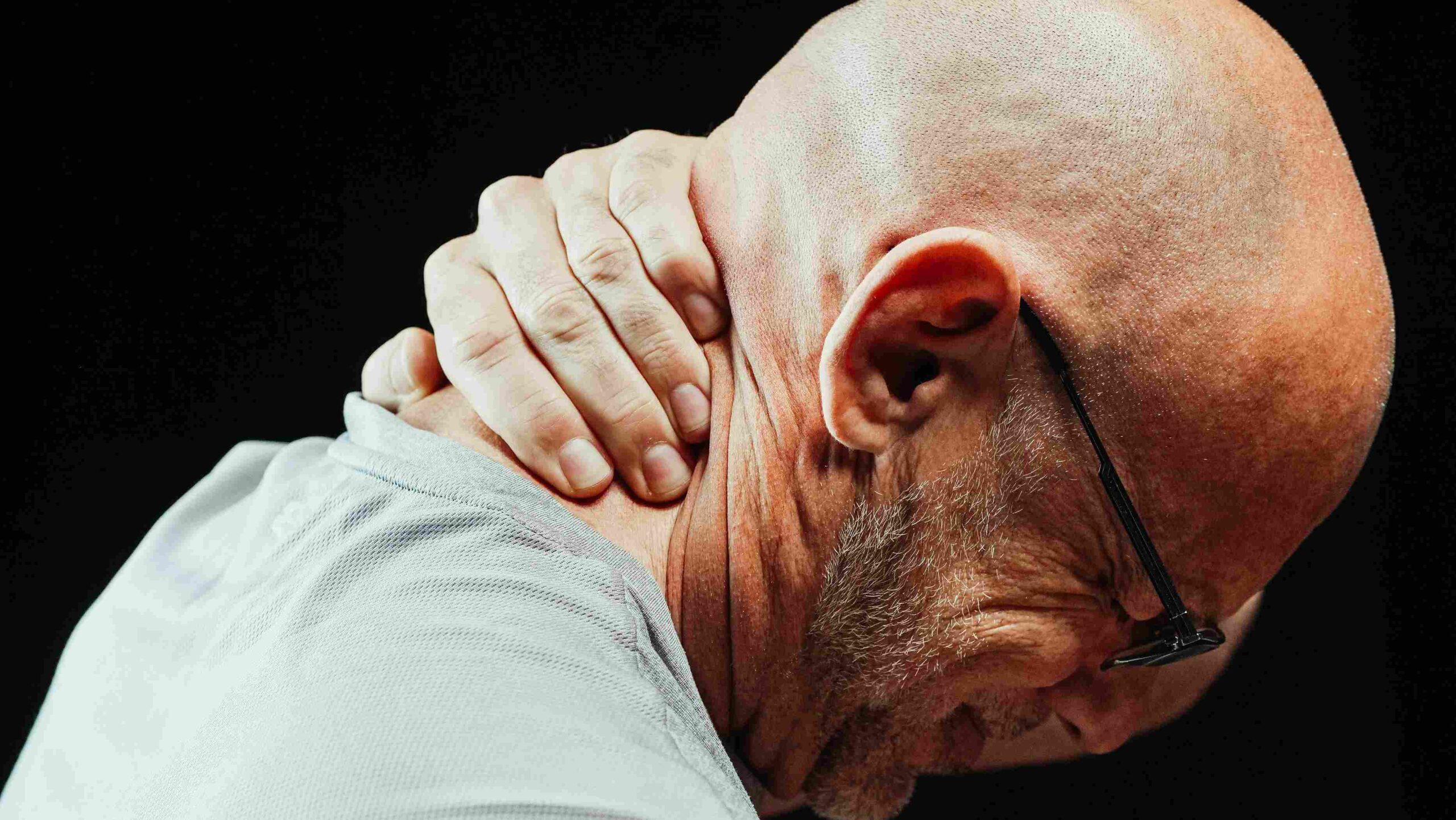For individuals with chronic respiratory conditions like COPD, ALS, or restrictive lung diseases, a non-invasive ventilator (NIV) can be a lifesaver—literally. Unlike invasive ventilation, which requires intubation or a tracheostomy, NIV delivers breathing support through a mask or nasal interface, improving oxygen levels and reducing the work of breathing.
While these devices offer substantial health benefits, adjusting to life with a non-invasive ventilator can be challenging. As a respiratory therapist, I’ve helped countless patients adapt to using NIV devices and reclaim their independence. In this guide, I’ll share practical tips and tricks to help you navigate this transition successfully.
Understanding Non-Invasive Ventilation
What is NIV?
A non-invasive ventilator provides breathing support by delivering pressurized air through a mask. It’s commonly used for:
- Enhancing oxygen and carbon dioxide exchange.
- Reducing breathing effort.
- Alleviating symptoms of breathlessness.
Common Types of NIV Devices:
- BiPAP (Bilevel Positive Airway Pressure): Delivers two levels of pressure—higher for inhalation and lower for exhalation.
- CPAP (Continuous Positive Airway Pressure): Provides a constant, single pressure throughout the breathing cycle.
- Adaptive Servo-Ventilation (ASV): Tailored for more complex breathing disorders, like central sleep apnea.
While these devices offer substantial health benefits, adjusting to life with a non-invasive ventilator can be challenging. As a respiratory therapist, I’ve helped countless patients adapt to using NIV devices and reclaim their independence. In this guide, I’ll share practical tips and tricks to help you navigate this transition successfully.
1. Choose the Right Mask for Comfort
Finding a mask that fits properly is critical for comfort and effectiveness.
Options to Consider:
- Full-Face Mask: Covers both the nose and mouth, ideal for mouth breathers or high-pressure settings.
- Nasal Mask: Fits over the nose; more comfortable but less suitable for mouth breathers.
- Nasal Pillow Mask: Inserts into the nostrils; lightweight and less obtrusive.
Tips for Mask Fit:
- Test Different Styles: Try multiple options to find the one that feels best.
- Adjust Straps Carefully: Tighten enough to prevent air leaks but not so much that it causes discomfort.
- Look for Cushioned Masks: Gel or foam cushions can reduce pressure points.
2. Ease into Wearing the Ventilator
Starting with small steps can make the adjustment process less overwhelming.
How to Transition Gradually:
- Start During the Day: Wear the mask while reading, watching TV, or relaxing to get used to the sensation.
- Increase Usage Over Time: Begin with short periods and gradually extend to wearing it overnight.
- Practice Breathing Techniques: Focus on slow, steady breaths to acclimate to the airflow.
3. Address Skin Irritation and Pressure Sores
Prolonged mask use can cause skin irritation or sores, but these issues can be minimized.
Prevention Tips:
- Use Barrier Creams: Apply a CPAP-safe moisturizer to areas prone to irritation.
- Add Mask Liners: Fabric or disposable liners create a barrier between your skin and the mask.
- Rotate Mask Styles: Switching between mask types can relieve pressure on specific areas.
4. Tackle Dryness and Discomfort
Dryness in the nose, mouth, or throat is a common issue with NIV therapy.
Solutions to Try:
- Humidifiers: Many ventilators come with a built-in humidifier to add moisture to the airflow.
- Saline Sprays: Use nasal saline sprays to prevent nasal passages from drying out.
- Hydration: Stay hydrated by drinking plenty of water throughout the day.
5. Learn to Manage Air Leaks
Air leaks can reduce the effectiveness of your ventilator and disrupt sleep.
How to Handle Leaks:
- Adjust the Mask: Reposition the mask and straps to eliminate leaks around the edges.
- Replace Worn Parts: Over time, cushions and seals may degrade, so replace them as needed.
- Use a Chin Strap: For mouth breathers using nasal masks, a chin strap can help keep your mouth closed.
6. Create a Comfortable Sleeping Environment
Using an NIV device overnight can be an adjustment, but the right environment can help.
Tips for Better Sleep:
- Use a CPAP Pillow: Specially designed pillows accommodate the mask and tubing.
- Secure Tubing: Use a hose holder to keep tubing out of the way and reduce tension on the mask.
- Control Noise: Place the device on a padded surface to minimize vibrations and consider using white noise to mask the sound of the ventilator.
7. Stay on Top of Maintenance
Regular cleaning and maintenance are essential for the effectiveness and hygiene of your NIV device.
Cleaning Routine:
- Daily: Wipe the mask and rinse the tubing with warm, soapy water.
- Weekly: Soak the mask and tubing in a mild vinegar solution to disinfect.
- Replace Filters: Follow the manufacturer’s recommendations for filter replacement.
8. Build a Support System
Adjusting to life with an NIV device can be emotionally challenging, so having support is vital.
Ways to Find Support:
- Involve Loved Ones: Educate your family about your device so they can assist if needed.
- Join Support Groups: Online or local groups can provide advice and encouragement from others using NIV devices.
- Consult Your Healthcare Team: Regular follow-ups with your respiratory therapist or doctor ensure you’re using the device correctly and comfortably.
9. Monitor Your Progress
Tracking your symptoms and device data can help you and your healthcare provider make necessary adjustments.
What to Monitor:
- Breathing Patterns: Note any improvement or issues with breathlessness.
- Sleep Quality: Record how well you’re sleeping and whether you feel rested.
- Device Readouts: Many devices provide data on usage hours, leak rates, and pressure levels.
FAQs
1. How long does it take to adjust to a non-invasive ventilator?
Adjustment time varies, but most users become comfortable within a few weeks. Gradual usage and support from your healthcare team can help.
2. Can I travel with my ventilator?
Yes! Many NIV devices are portable and come with travel-friendly options like battery backups. Check with airlines for medical device policies if flying.
3. What should I do if my mask is uncomfortable?
Experiment with different mask styles, sizes, and materials. Your respiratory therapist can assist with fittings and adjustments.
4. How do I know if my ventilator settings are correct?
If you’re experiencing discomfort, increased shortness of breath, or difficulty sleeping, consult your healthcare provider to reassess your settings.
5. Can I still engage in physical activities while using an NIV?
Absolutely! NIV can improve your energy levels, making it easier to participate in daily activities. Portable options allow you to stay active.
Conclusion: Thriving with Non-Invasive Ventilation
Adjusting to a non-invasive ventilator takes time, patience, and the right strategies. By choosing the right equipment, addressing common challenges, and building a strong support system, you can adapt to this new aspect of life while improving your health and well-being.
Remember, your ventilator is a tool to enhance your quality of life, giving you the energy and freedom to focus on the things that matter most. With determination and support, thriving with NIV is entirely within your reach.






